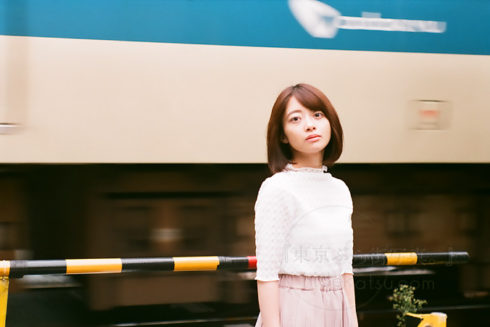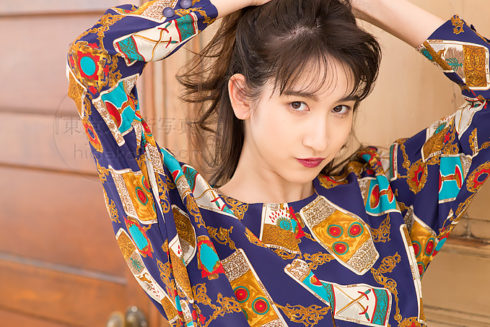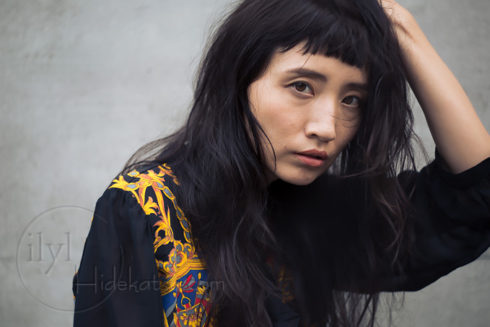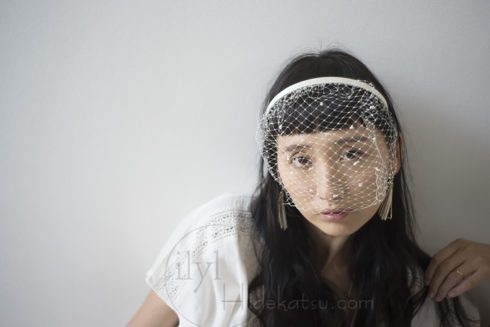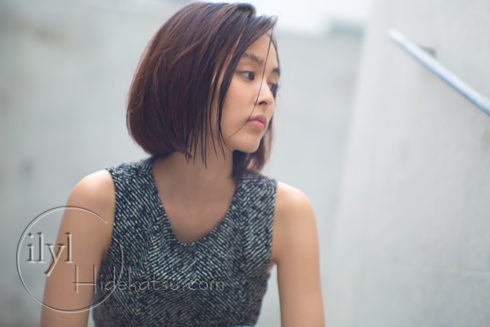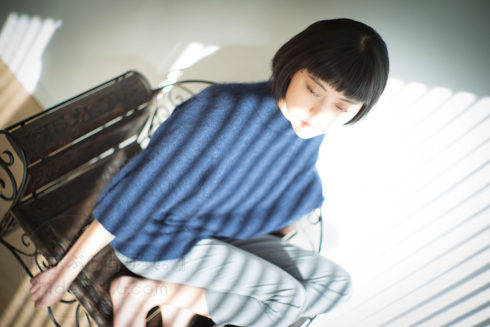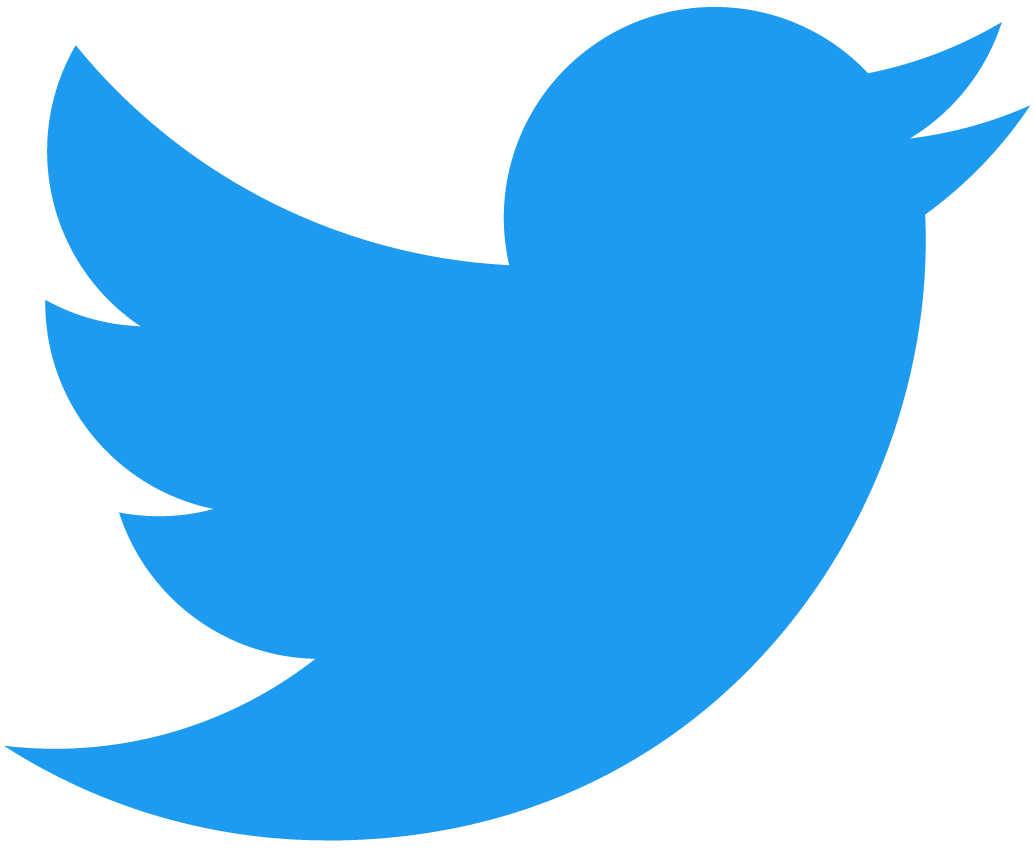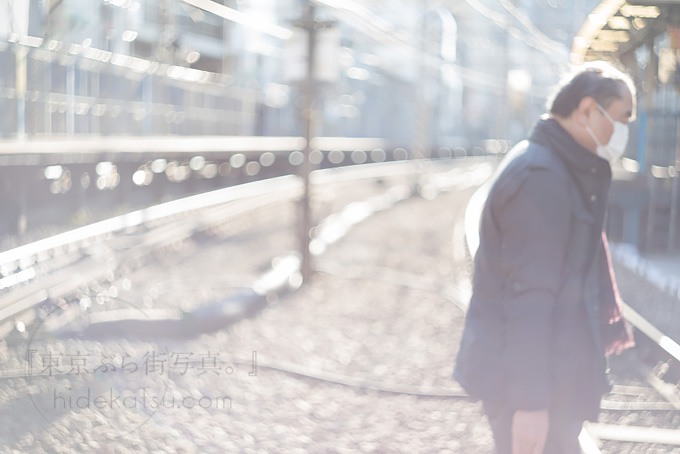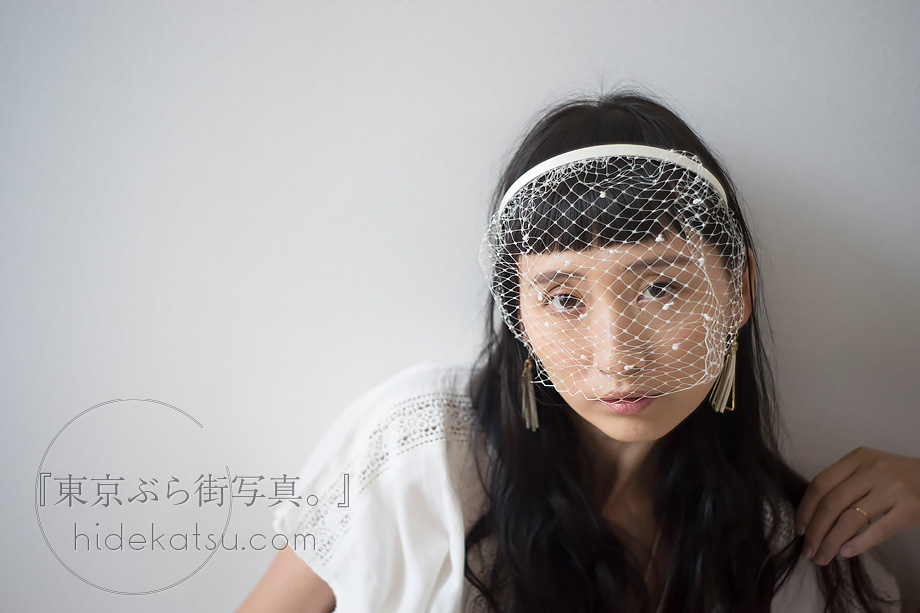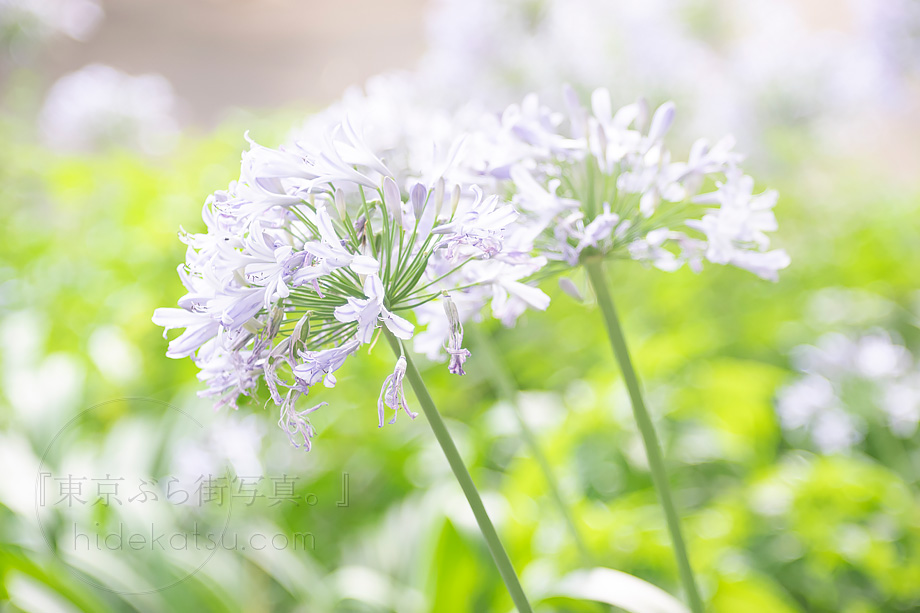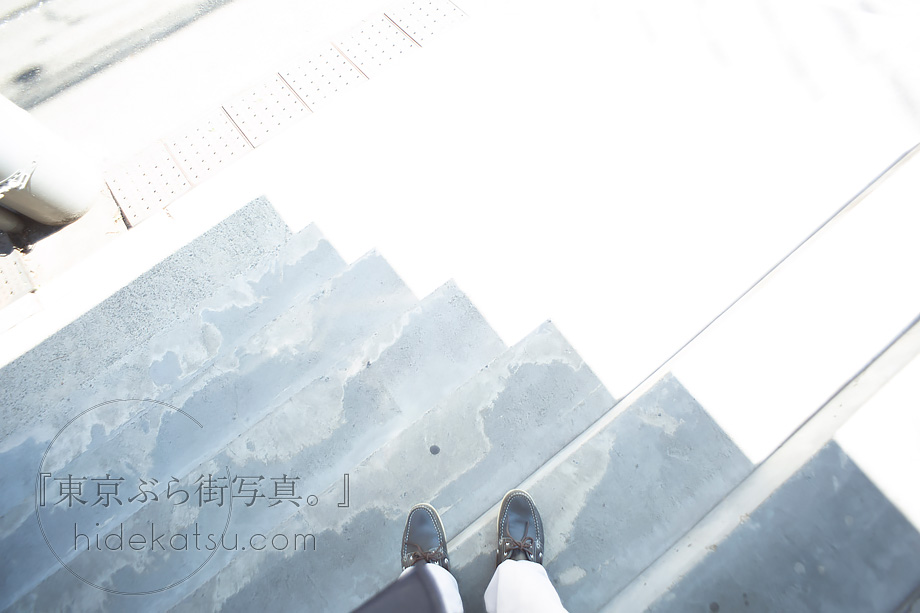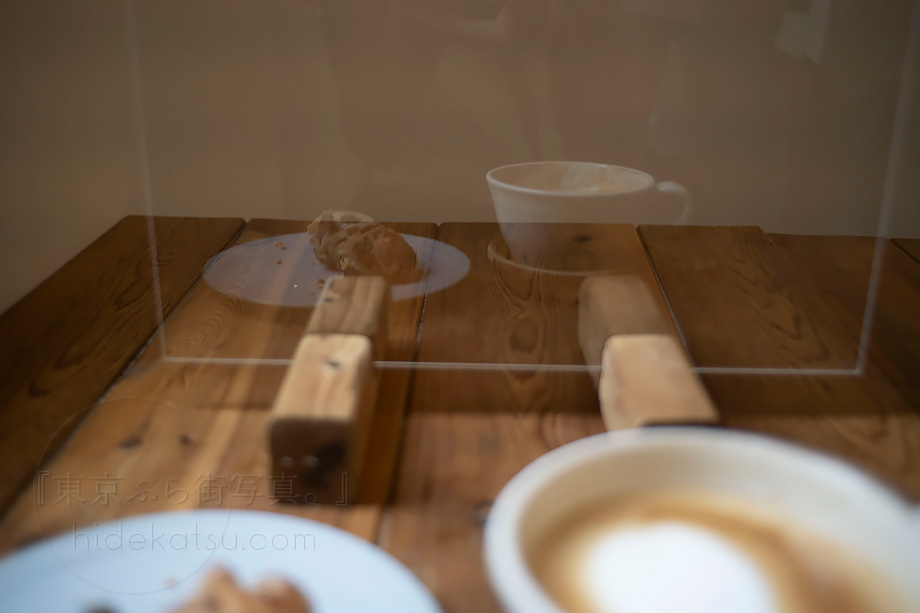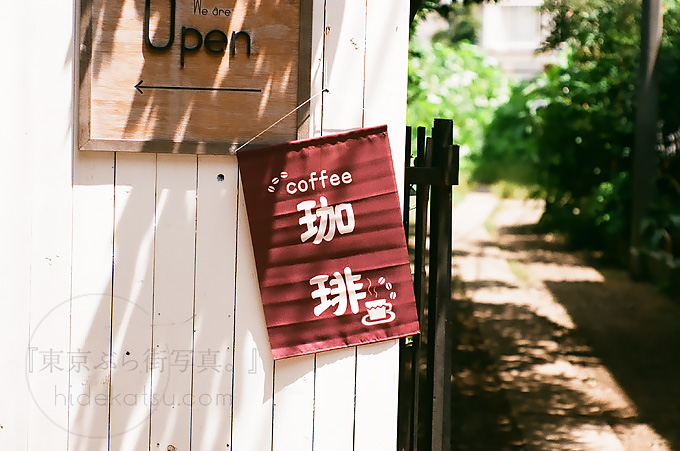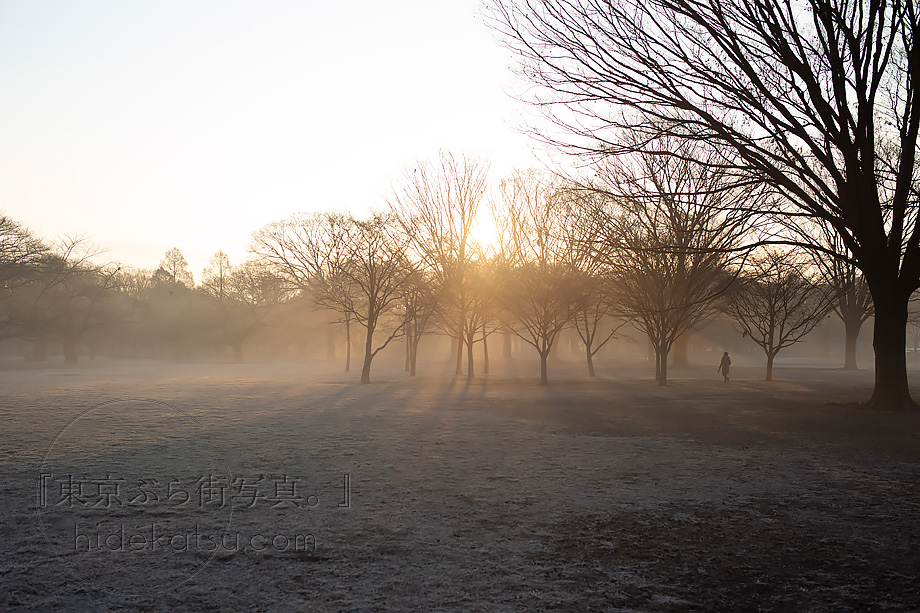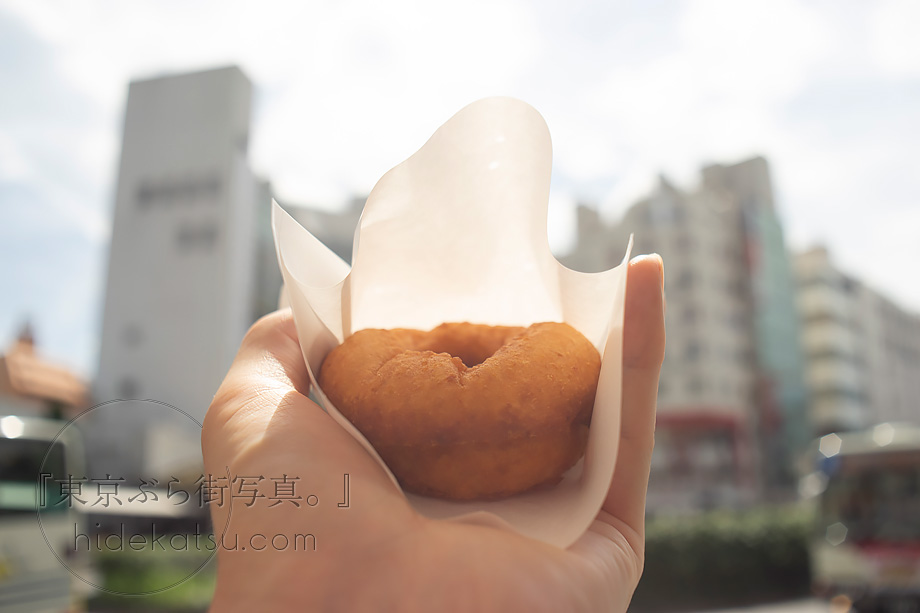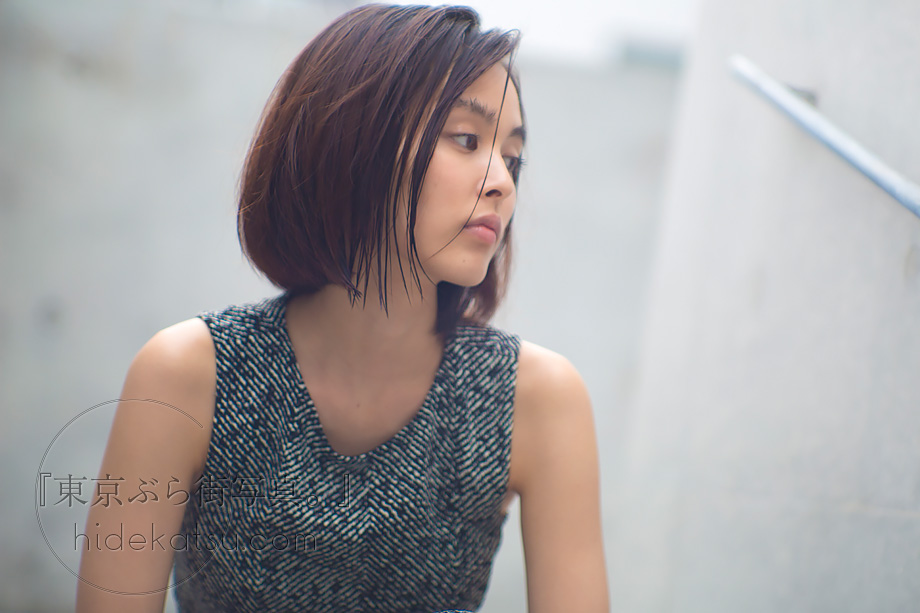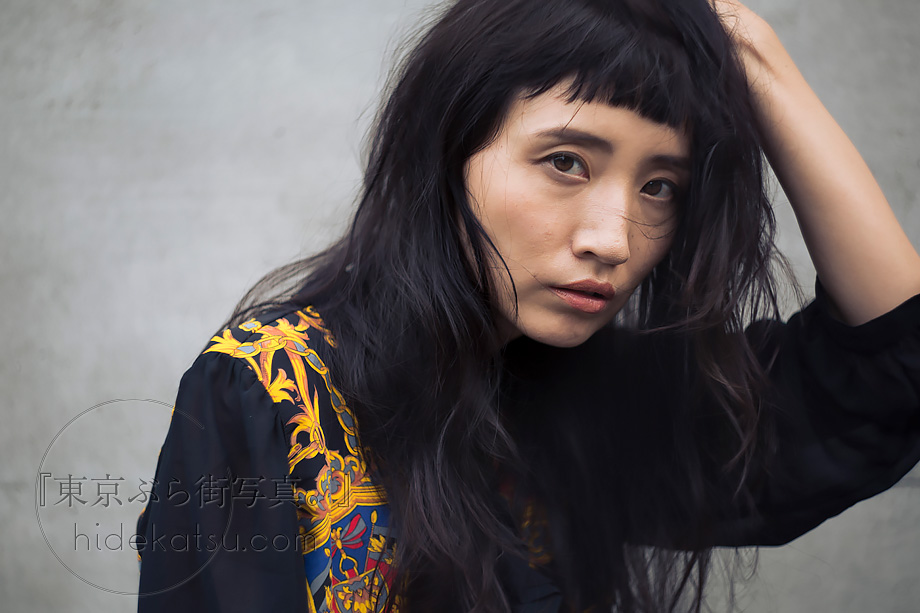06 Mar 2018神無月
Portrait vol.6, HELIOS 44-2 58mm, Jupiter-9 85mm, Industar 61 L/Z
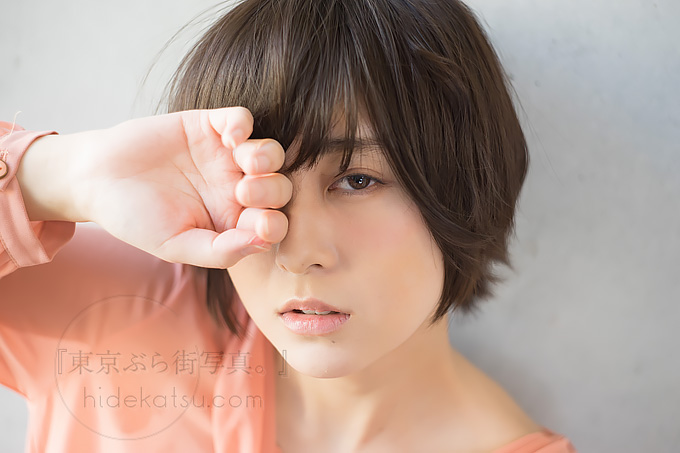
A medium telephoto lens of about 85mm to 135mm, which rapidly blurs around the eyes, is suitable for portraits.
Old lenses tend to saturate toward the corners of the photo, but they look soft, so I would like to try a similar atmosphere with a standard angle of view lens.
Helios 44-2 58mm
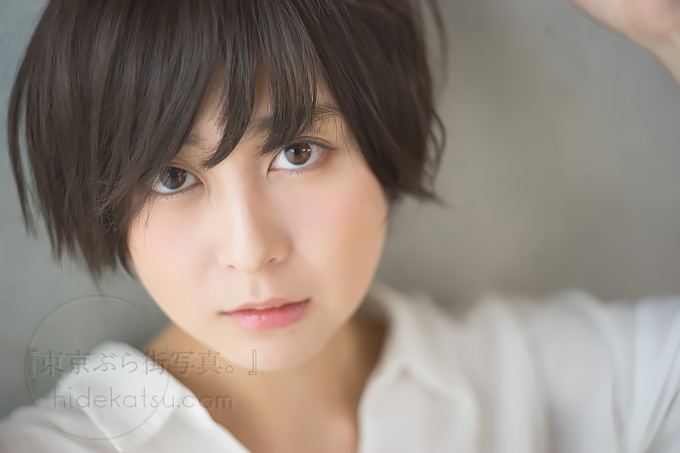
This time, the lighting is set up mainly with natural light.
Two LED lights from overhead and a speedlight strobe made in China for about 5,000 yen are the main ones from the front, which is a strobe of 5,000 yen. It’s been a thankful era.
I was able to make a good condition with the above set, there is almost no processing adjustment as it was taken.
I haven’t adjusted the contrast or saturation at all.
With no adjustment and no filter, only the brightness adjustment is adjusted for several sheets.
I was able to shoot with the characteristics of the lens in the foreground.
Rough Agenda
・Portrait shooting with 6 standard angles of view old lenses!
Helios and Biotar are a little telephoto at 58mm, but I think that there is no problem with standard lenses in terms of category.
↓ Helios 44-2
↓ Biotar
↓ Industar-61 L/Z
↓ Jupiter-8
↓ Industar-61 L/D
↓ Novar-Anastigmat
Medium telephoto 85mm too!
↓ Jupiter-9
↓ Samyang 85mm
Helios 44-2 58mm F2.0 / VALDAI
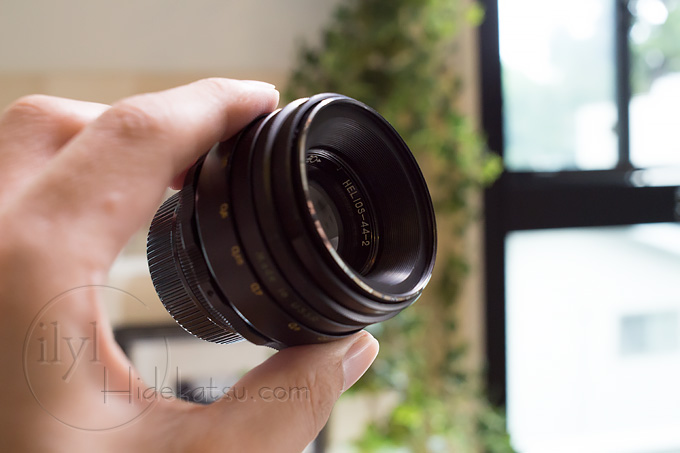
Helios is a representative of old lenses that are ready to run alone.
I’m shooting with Heleus 44-2, which seems to be the most versatile in the Helios series.
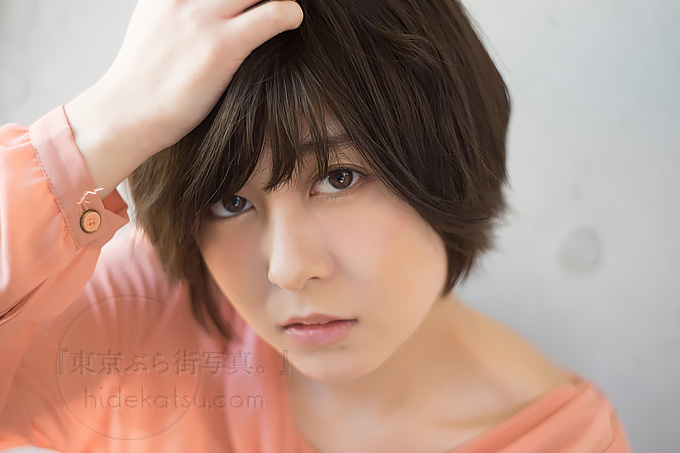
I haven’t had many chances to try it properly with unexpected portraits, and this is the first time I’ve taken many pictures like this one.
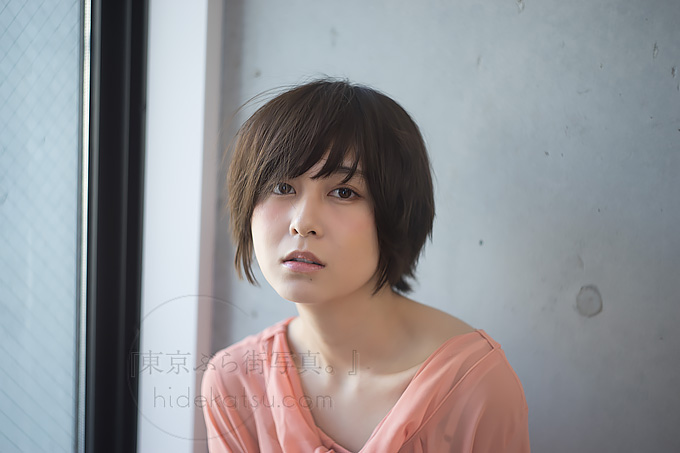
Also, this time the model suggested that it is not necessary to adjust the brightness, and I thought that it would be okay, so I left the slightly darker photo as it is, as shown in the above photo. I wonder if it’s a true shot.
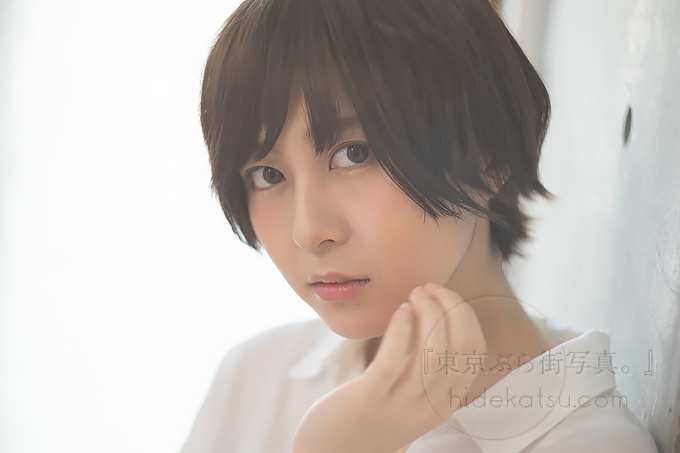
It was a relatively nice day, so when I put the window in the background, it caused halation.
This is fine for the soft feeling, but I wonder if it is still severe that the contrast of the hair disappears.
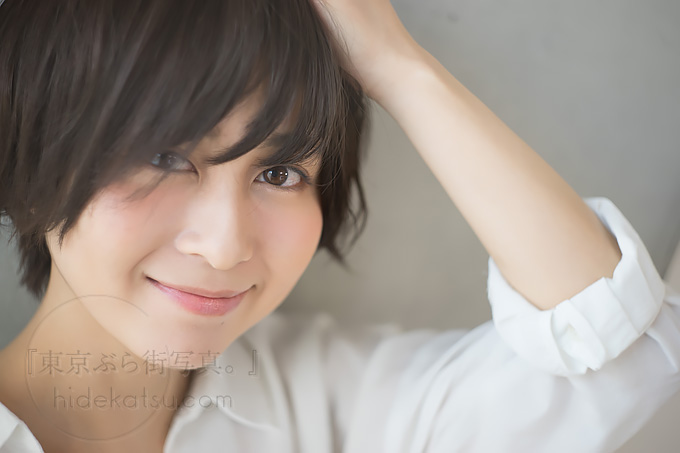
The aperture is about F4 to F5.4, and the sharpness of the eyes is prioritized over the blur, so it may be a little different from the image of Helios’s dynamic blur.
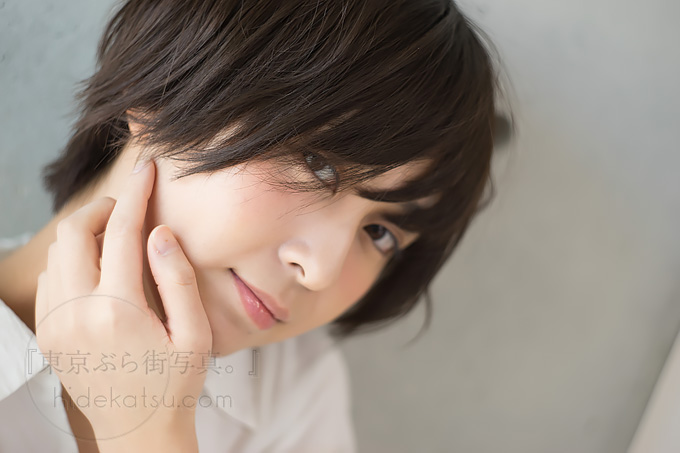
Even so, if the distance between both eyes changes, it will be quite blurred.
The above is whether the whole balance was achieved by focusing on the right eye in the foreground.
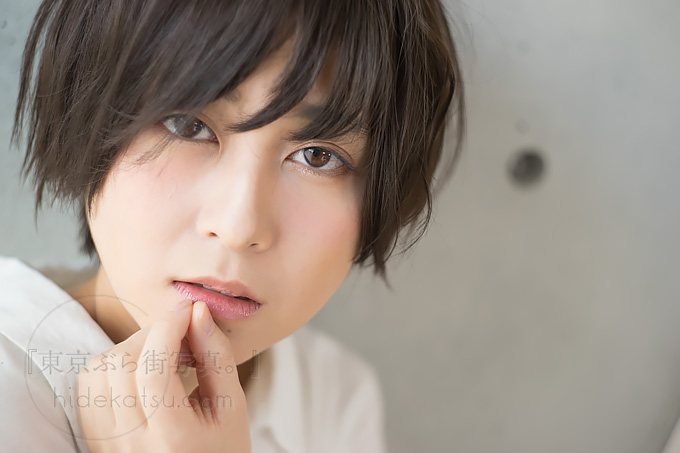
It’s blurry, but I don’t really feel the distortion of the blur, probably because the depth is close, taking a soft shot at a short distance would give a portrait of Helios rather than aiming for a round and round bokeh.
Biotar 58mm F2.0 / Carl Zeiss jena
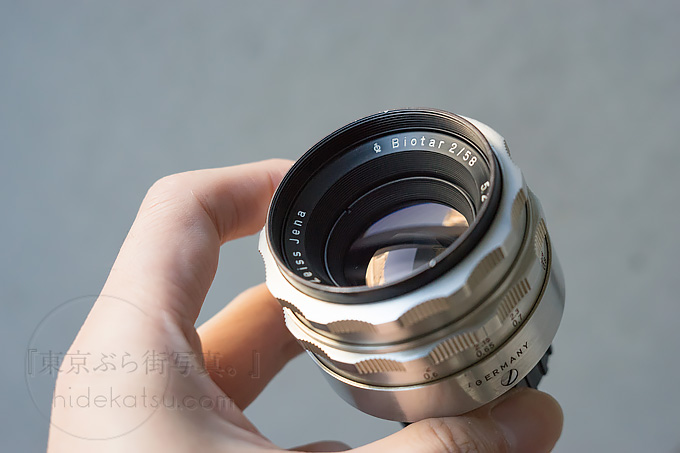
The recent Biotar article posted on the street shot is actually after this portrait shot.
It showed me a good taste in this portrait, so I took a picture of the city again.
It was easy to summarize, so it is the flow that was released earlier.

The ancestor of this lens Biotar 58mm seems to be the copy source of Helios 44-2 introduced earlier, and the specifications are similar and the image is similar.
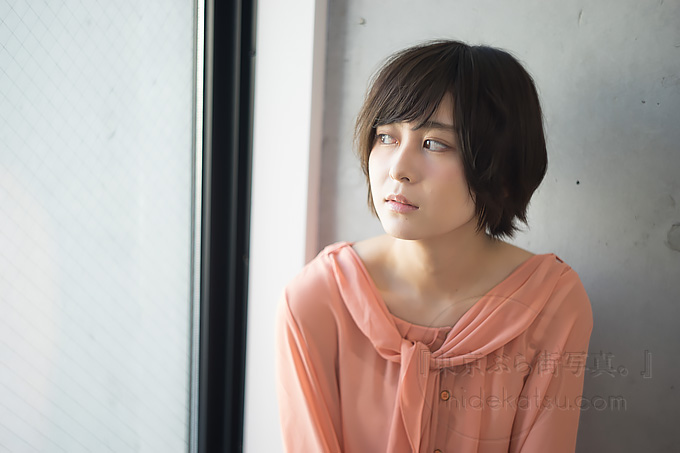
but,
As you can see at first glance, Biotar is sharper.
It seems that the resolution is higher than the sharpness. The kindness of the depiction feels the same atmosphere.
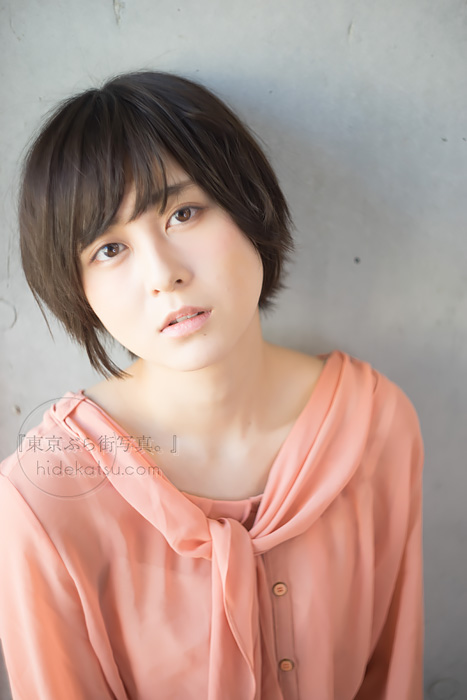
The aperture is about F4.0 to F5.4, and the shooting method is similar to that of Helios, so the various conditions are almost the same, but I wonder if it means “high resolution = fine gradation expression”. There seems to be a good contrast.
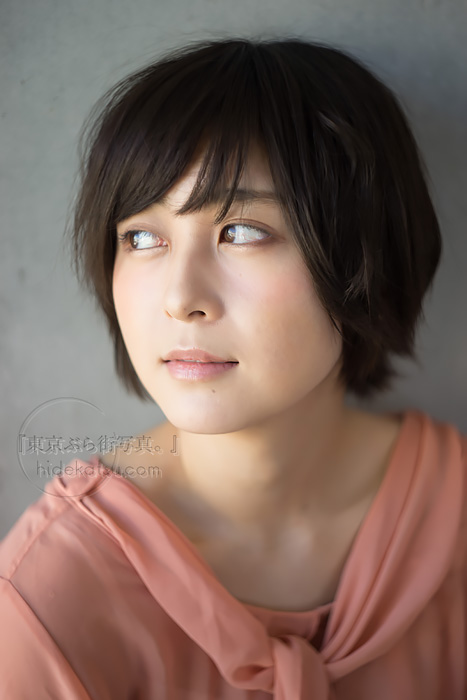
That’s why, even if the exposure is low, the expression is sufficient and it is easy to make a picture. I feel that Helios is a little more crushed.
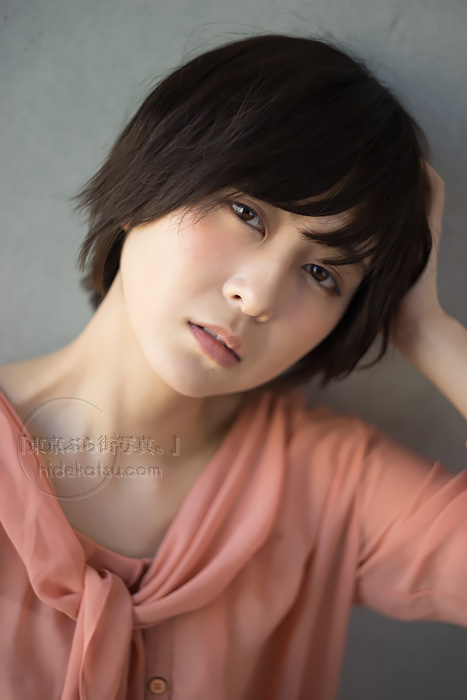
Biotar has a charm that I would like to dig a little deeper.
Industar 61 L/Z 50mm / LZOS
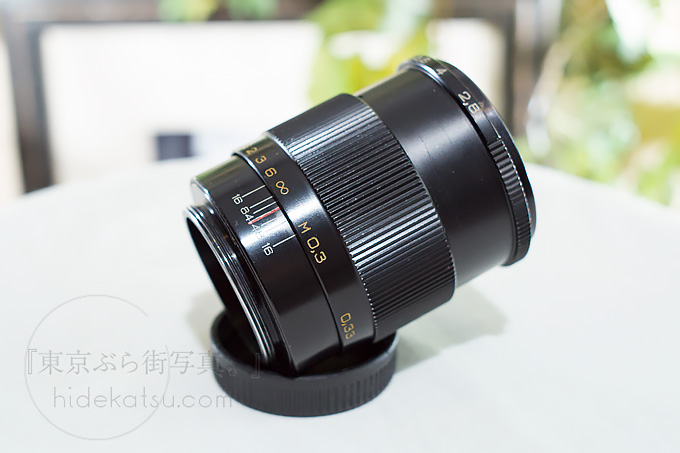
Industar 61 L / Z with sharp sharpness that is not like an old lens and star-blurred characteristics.
This time, I will try sharp sharpness in portrait instead of star bokeh.
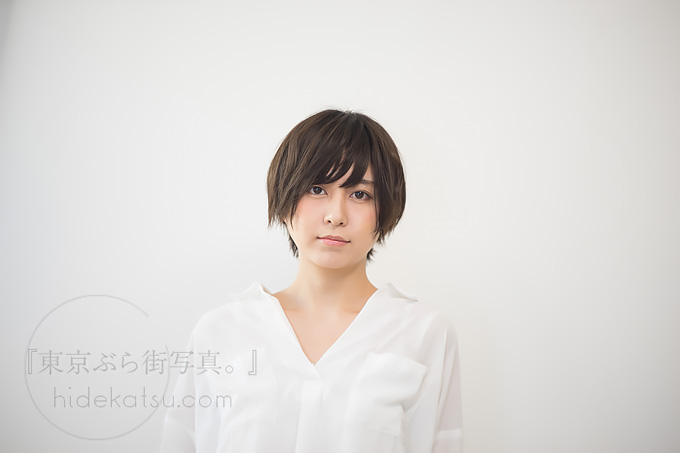
I expected it to be as crisp as a modern lens. After all it is clear and nice.
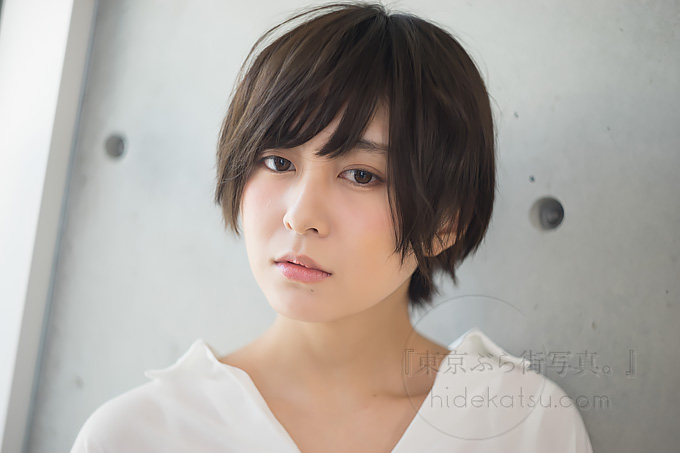
It can express my hair and skin with a good feeling.
Besides, there is a good sense of blur in the background even at this distance.
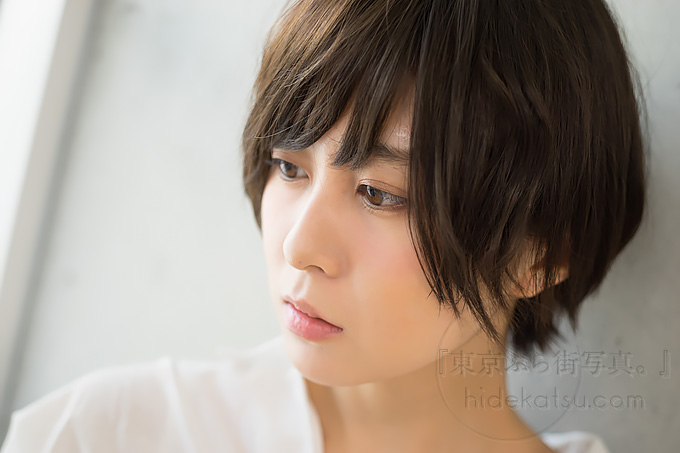
I don’t think anyone thinks it’s an old lens anymore.
I don’t feel any problems with sharpness, contrast, bokeh, and texture.
On the contrary, it may be said that it has no features, but it is definitely safe and easy to use.

The shortest shooting distance is 30 cm, so you can shoot with this sense of distance without any problems.
Maybe there was still room for distance.
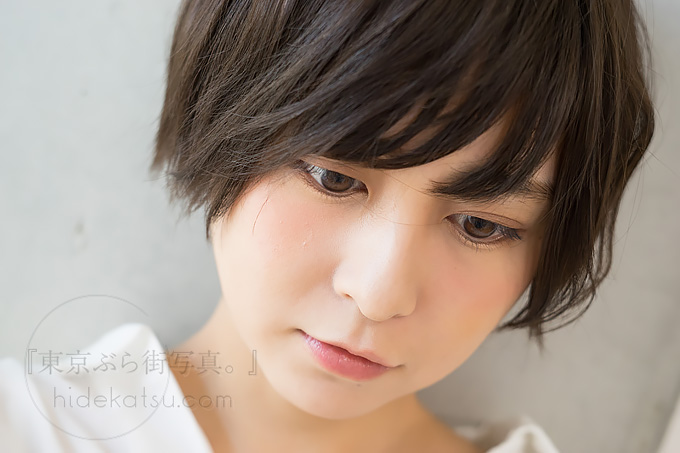
Looking back in this way, I think it would have been better to open the aperture further.
Like Helios and Biotar, I shot at F4 ~ F5.4. Maybe it was better to have a gentle feeling if the feelings were out of focus.
Jupiter-8 50mm F2.0 L39
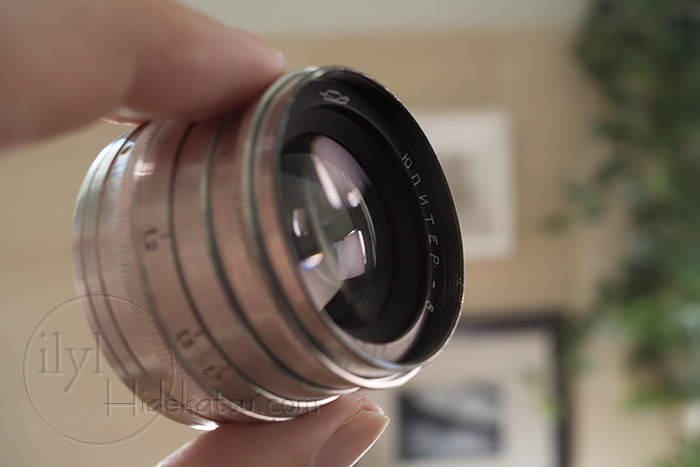
Jupiter-8 is small but has the power to make you feel like a film with a gentle image.
I also feel that the shortest shooting distance is 100 cm, which is a close restriction.
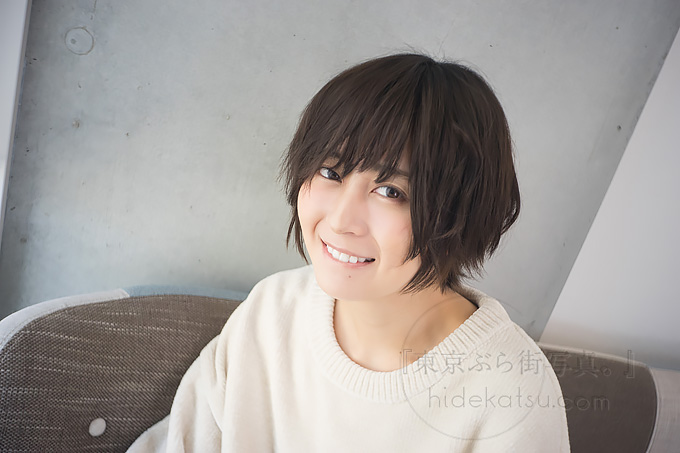
The focus is looser than the lenses so far, but I think it’s more gentle and fit than sweet.
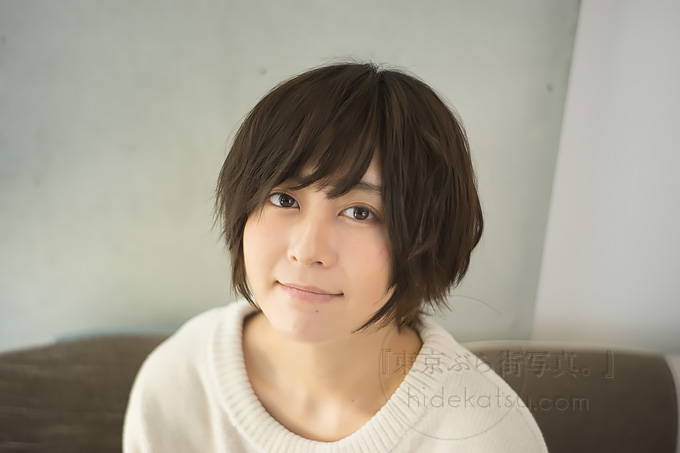
Since the white balance was set to auto, it became orangeish. This is also a gentle feeling.
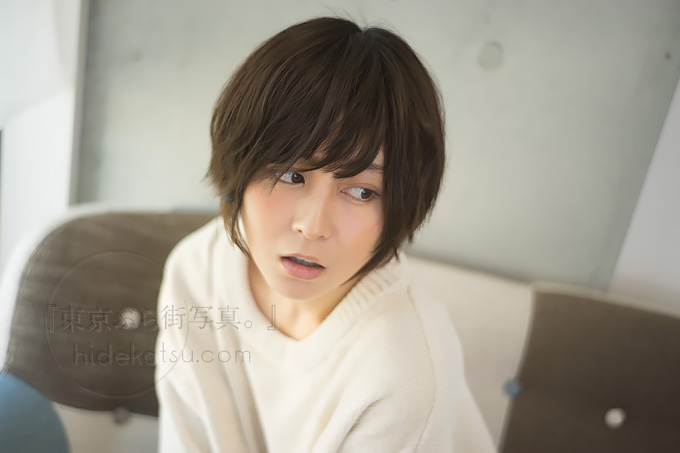
Even though the shortest shooting distance is 100 cm, if you can get this sense of distance, the bokeh will raise the subject, so I think it can be used for portraits as well.
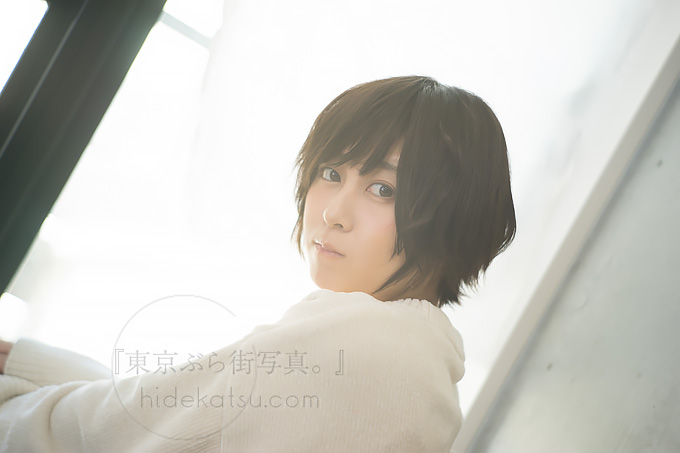
The halation is still exciting, the hair is whiter than Helios.
I feel that this area is proportional to the age of manufacture.

Still, the interesting thing about old lenses is that you can change the depiction by just squeezing it a little and changing the angle a little.
The lens is small and easy to carry around, so you can enjoy both city photography and portrait photography.
Industar-61 L/D 53mm F2.8 L39 / FED
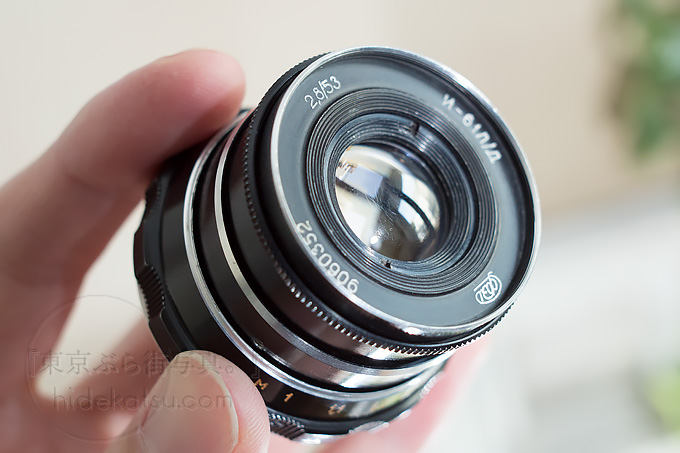
The Industar 61 L / D with L39 mount has a similar name to the Industar 61 L / Z with star bokeh, but it does not have star blur and the image is not similar at all.
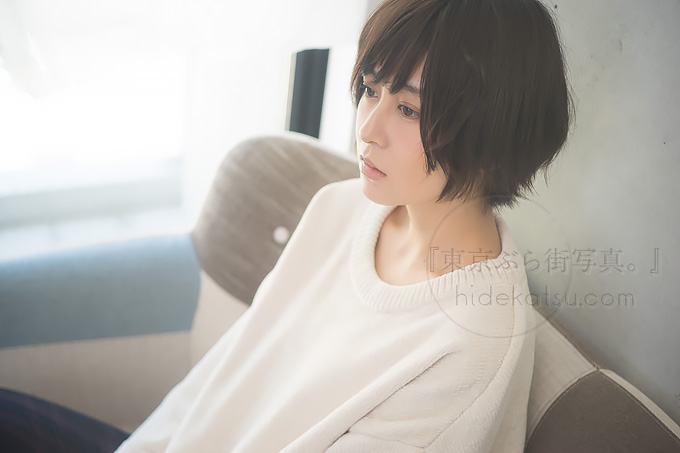
To be honest, my motive was “I tried it because it was nearby”, but I was able to express myself unexpectedly, so I will continue.
By the way, I also tried the Smena-8 (T-43), but it didn’t work. It’s a lens that gives a nice dry atmosphere in a landscape.
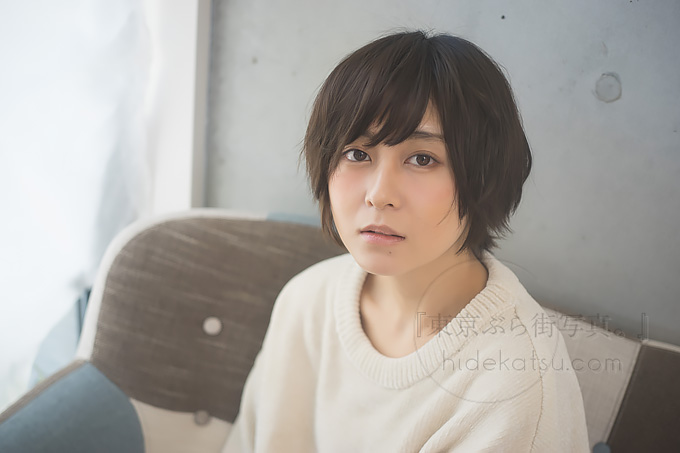
It feels like the Jupiter-8 I mentioned earlier, but it’s even whiter, probably because it’s more prone to halation.
I think that the direction and light are almost the same, so I think there is a clear difference in the depiction of the lens.
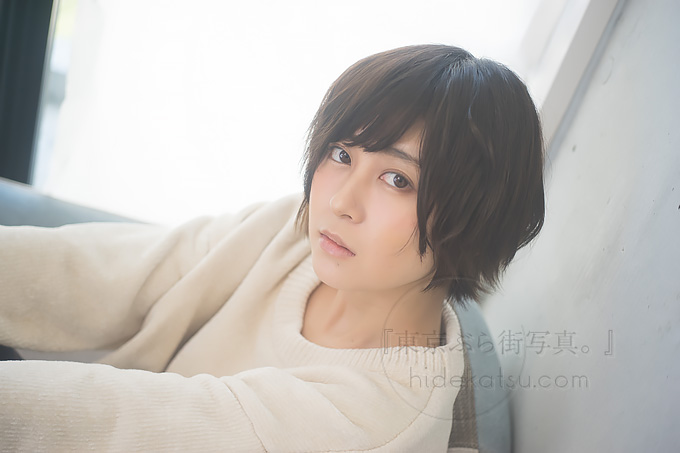
Bokeh seems to be the weakest of all the lenses so far.
The shortest shooting distance is 100 cm, which is the same as the Jupiter-8, but I wonder if this is due to the difference in lens configuration.

Because it is a cheap lens, the distortion around the image is strongly felt, but I think that this should make it feel like a film.
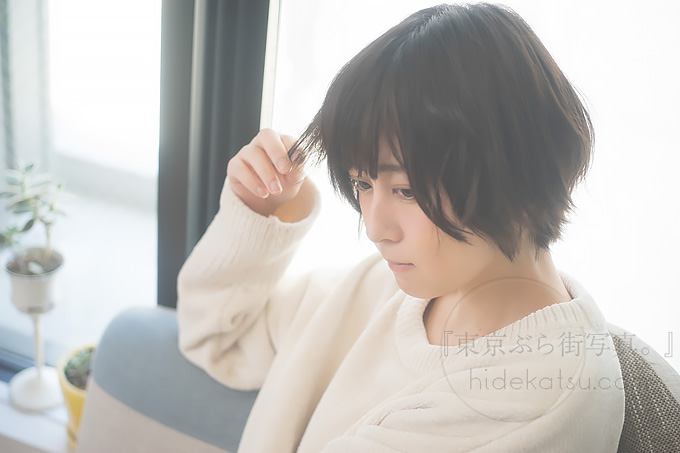
From the cheap feeling from the price range and the negative feeling of Industar-61 with no star blur, I got the feeling that it worked enough.
Novar-Anastigmat 75mm (50mm)
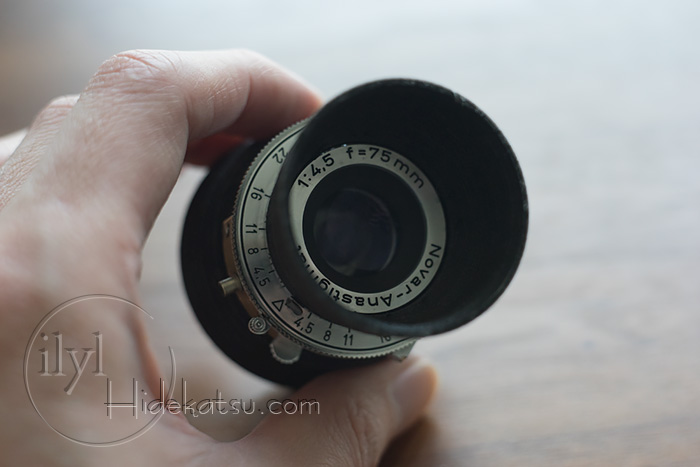
Probably the oldest Novar-Anastigmat in this shooting lens group.
It is a unique lens that is mounted with a 3D printer by removing only the lens from the old spring camera.
-> Lens detail
Although it says 75mm, it is about 50mm when converted to full size 35mm.
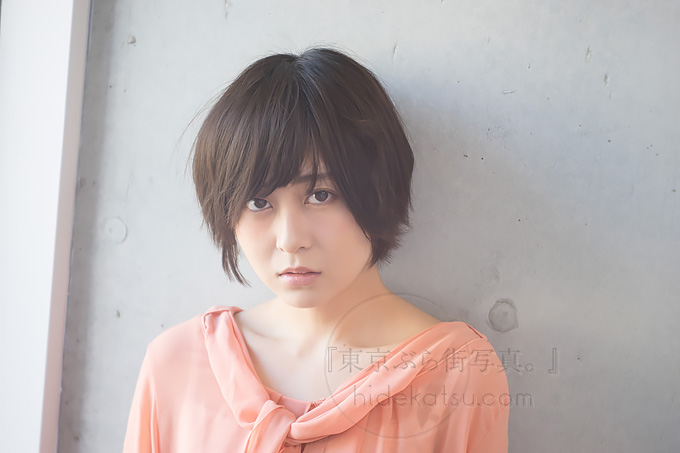
In the impression of the model’s previous portrait shooting,
The halation-like shot came out as “soft and I like it”, so I put it in a hurry.
Somehow, it makes me think that I should only look at photographs, neither old nor modern.
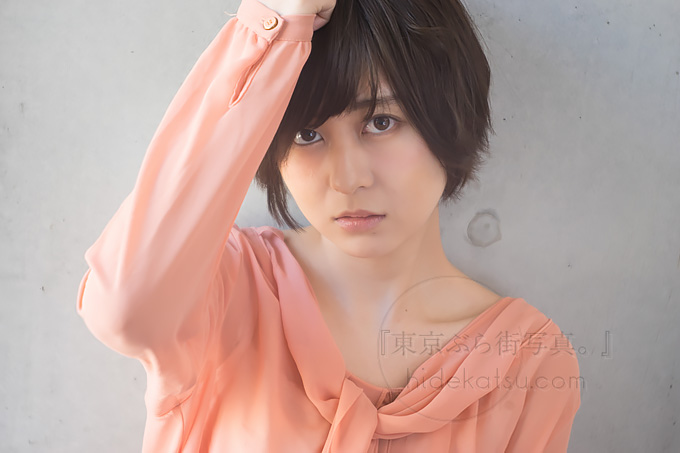
The white balance changed from other lenses and it was bluish because it was set to “auto”.
Since the lights are on, the white balance should be fixed.
However, this day was a nice blue sky with a few clouds, and when the sun was hidden, it became much darker, so I couldn’t adjust the white balance that changed steadily, so I set it to auto.
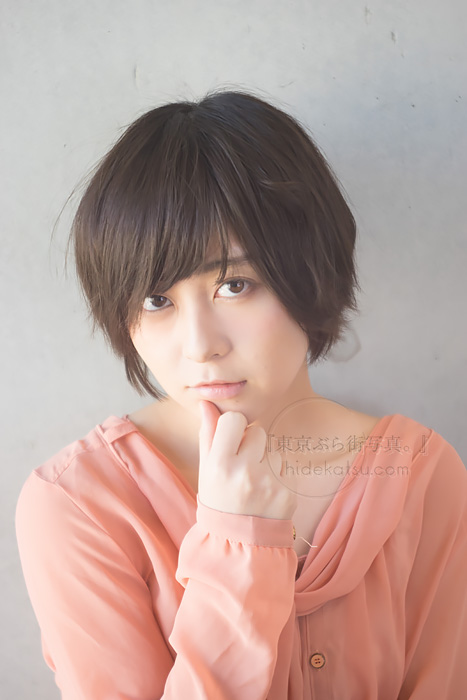
It’s not so inferior to the Jupiter-8 and Industar-61 L / D. Rather certainly kind.
There is also a sharp feeling than I expected.
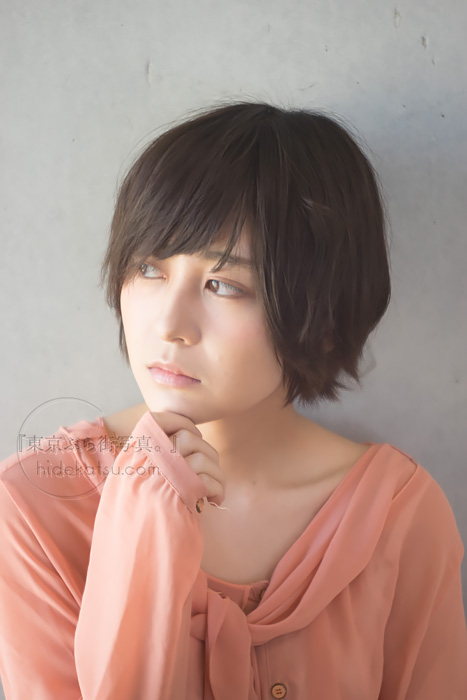
The shortest shooting distance seems to be about 100 cm, and I wondered if this sense of distance was the limit.
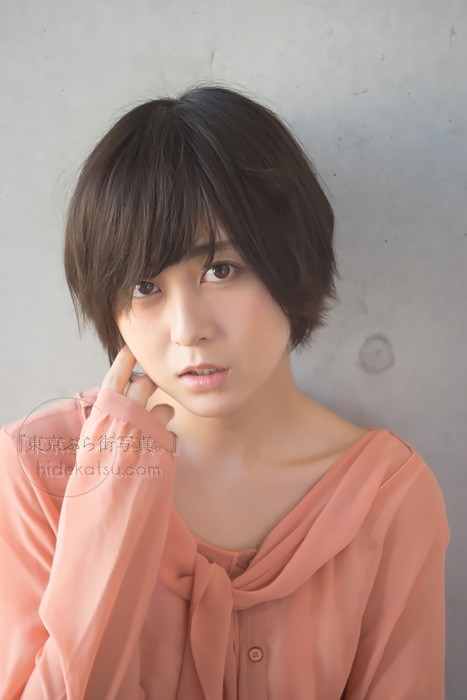
I’ve used this lens for city shots, outdoor portraits, and indoor portraits this time, but they all give different impressions.
Somehow, it seems that the older the lens and the less the coating, the more interesting the facial expression changes depending on the light of the day.
Actually, I took the most Jupiter 85mm
Rather, the truth is that I mainly shot this one and tried 50mm in between.
The portrait is courageous at 50mm, so ^^;
Jupiter-9
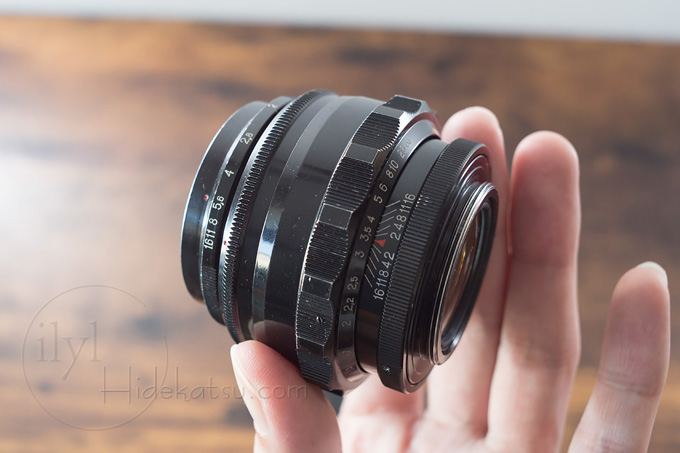
This lens is quite aged.
The screw hole inside is licked and the aperture jumps over the scale, so it’s completely for me.
Still, it always shows a good depiction.
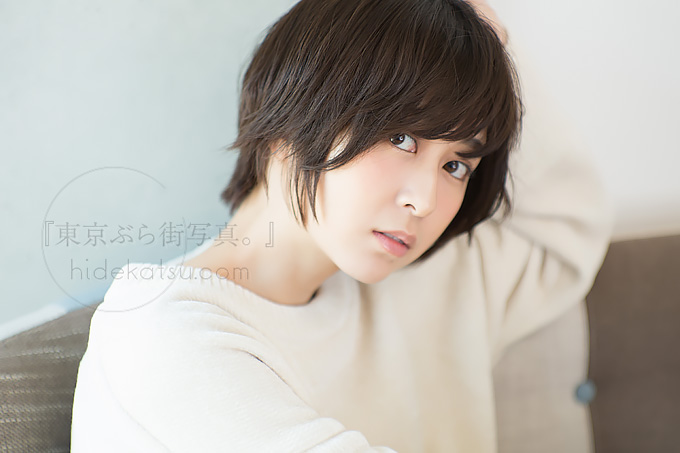
Is it so sharp !?
I’m squeezing this time so much that I can think. The hood is also attached at F5.4 to F8.0, so the impression may be a little different from the previous Jupiter-9.
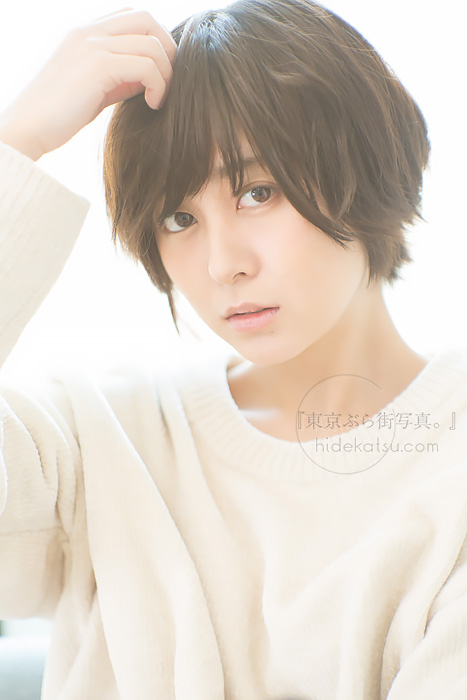
Even so, the backlight has great halation like the conventional lenses.
I also have a lens hood, so I wonder if I can do anything other than the angle.
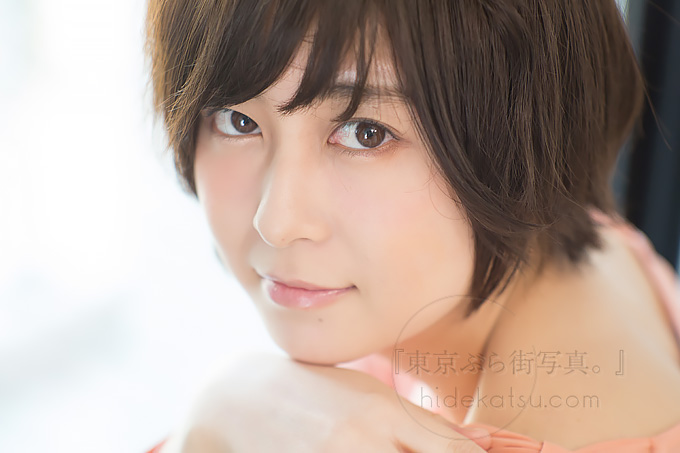
By the way, tracing paper is pasted on the windows to weaken the outside light. It was a nice day when the light did not match the strobe in the room until that time.

However, as mentioned above, the sun was rising and falling, so when it’s cloudy, it looks bluish.
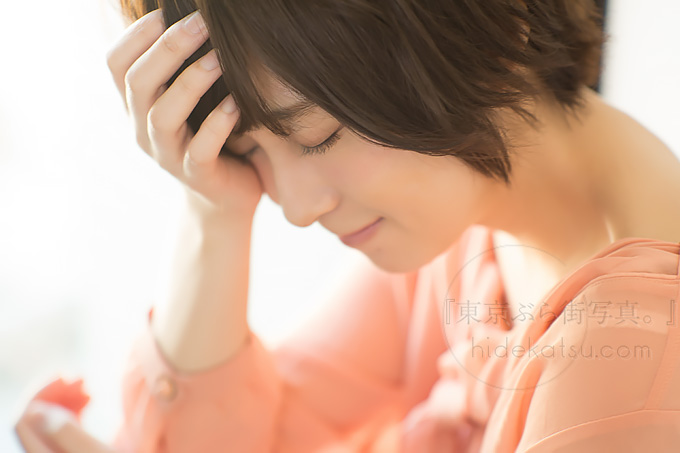
Well, it’s Jupiter-9, this kindness.
The best lens for people.
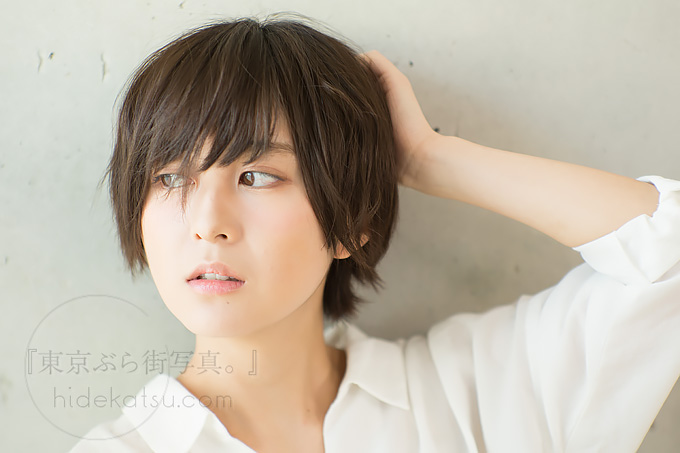
85mm angle of view, resolution that suits human skin, soft melting bokeh.
Various specs are just right for portraits.
Samyang 85mm
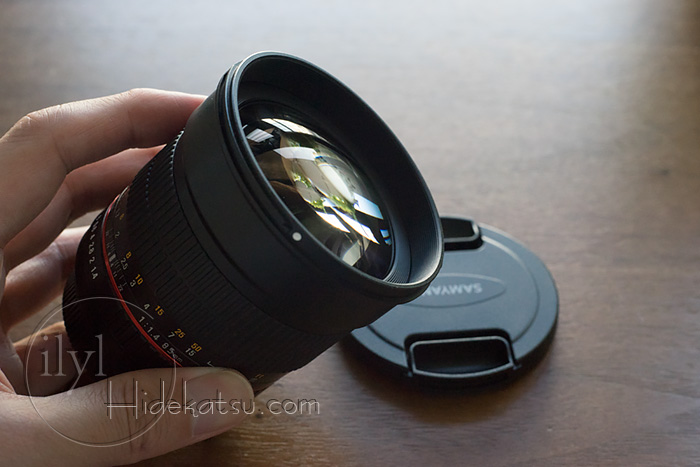
Samyang 85mm, which is one of the old lenses in me.
It has a good cost performance as a manual lens that is affordable and gives the image of a modern lens.
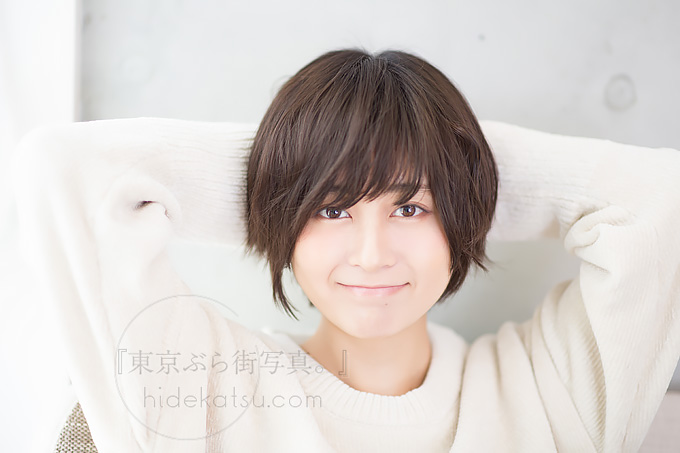
Crispy!
It was pretty crispy. Maybe you can think of it as cleanliness.
This may be a little too crunchy.
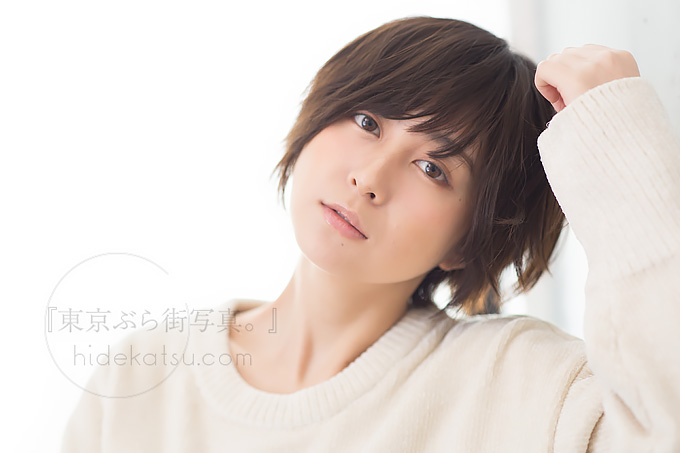
As expected, modern lenses can withstand a lot of backlight.
I think there is no problem if there is such a contrast.
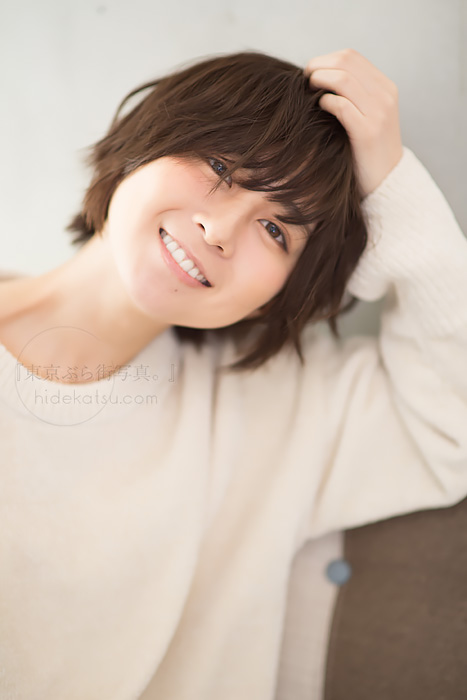
This seems to be blurry.
Even with modern lenses, the metadata for the aperture does not remain, so it is predictable.
I don’t have jaspin in my eyes, but I wonder if this is okay as it feels soft.
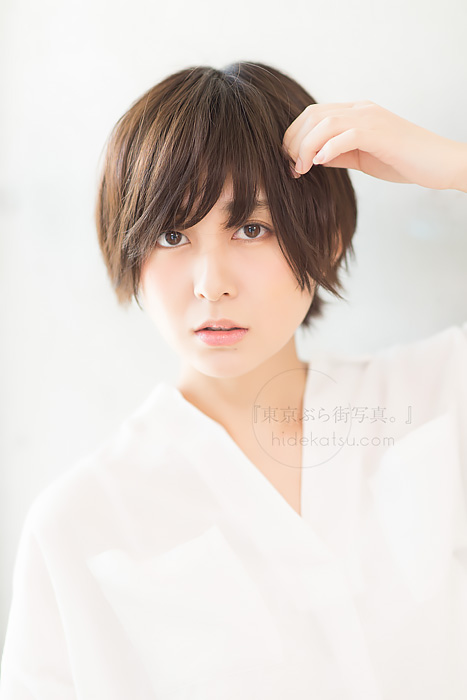
It’s a good lens, but I recommend the Jupiter-9.
This Samyang 85mm is a convenient cost and performance when you need to take a sharp shot.
About Camera
Canon 5D markⅢ
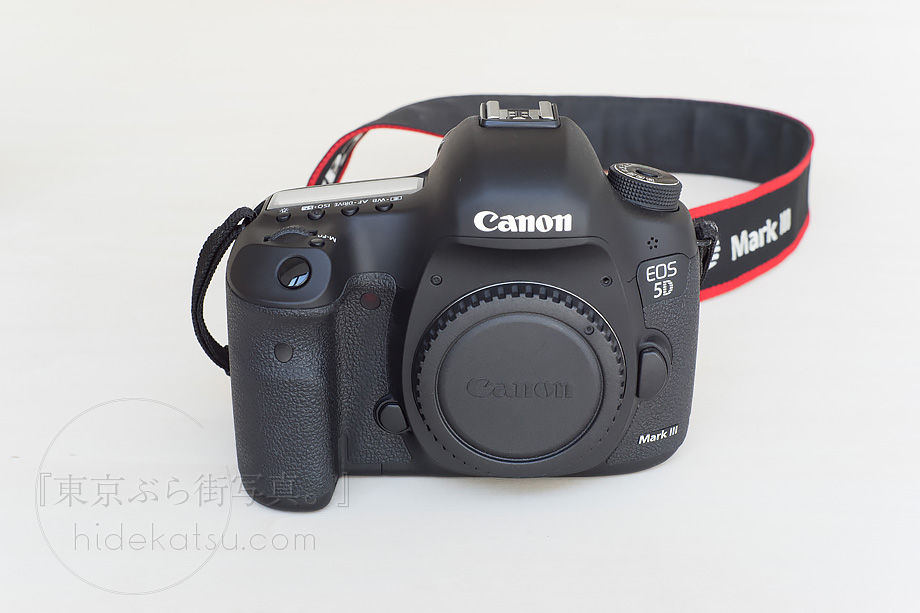
Camera is 5D mark Ⅲ, image quality is raw uncompressed shooting.
The development is Adobe Bridge CC 2017, so I want to keep the characteristics of the lens in the photo, so I do not touch the contrast or saturation at all, no adjustment, no filter, and the brightness adjustment with the exposure amount is about several sheets this time.
The aperture is about F4.0 to F8.0, and it is the one who is relatively narrow in this blog.
The shutter speed is 1/200 because of the motive of the strobe, and ISO is used as if the brightness is adjusted according to the frame.
Similar lens posts

